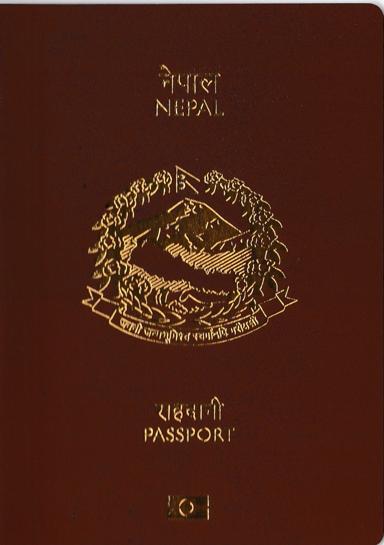Visa free access for Nepal
As a Nepal passport holder, you are permitted to travel visa-free to 89 countries and territories. This data is correct as of March 2024.
In order to travel visa-free, you will need a valid passport, often with at least six months until expiry. Additionally, you may need travel insurance, as required by your destination country.
Within these countries, there is often a separate section in airports where you can submit your Visa on Arrival. You will receive your visa on arrival (VOA) after entering the country that issued the visa.
Acquiring an eVisa follows the same process as applying for a traditional visa. The main difference with an eVisa is that you don’t need to visit a visa application centre. You can submit your application online, including making any payments relating to the visa.
Once the relevant authorities approve your application, you will receive a confirmation email regarding your visa status, along with a document that you must print and bring with you when crossing the border.
You will need a valid visa to enter the 89 countries with a Nepal passport.
About Nepal
Nepal, a landlocked country located in South Asia, is known for its diverse geography, rich culture, and historical significance. The country is home to eight of the world’s ten tallest mountains, including Mount Everest, the highest point on Earth. Nepal’s climate varies from subtropical in the lowlands to arctic in higher altitudes, offering a unique blend of weather conditions.
The cultural heritage of Nepal is a fusion of Indo-Aryan and Tibeto-Mongolian influences, with a myriad of ethnic groups, each with their unique traditions and languages. The country’s population of around 30 million people is predominantly Hindu, followed by Buddhists and Muslims. Nepali is the official language, but English is widely spoken in urban areas and by the younger generation.
Nepal’s economy is primarily based on agriculture, services, and remittances from Nepalese working abroad. The country is also a popular destination for adventure tourism and mountaineering. Despite its natural beauty and rich cultural heritage, Nepal is one of the world’s poorest countries, with a significant portion of the population living below the poverty line.
In recent years, Nepal has made significant progress in areas of health and education. However, the country still faces challenges such as political instability, inadequate infrastructure, and economic underdevelopment. Despite these challenges, the resilience and warmth of the Nepalese people make the country a fascinating place to visit and explore.

 Nepal
Nepal




































































































































































































